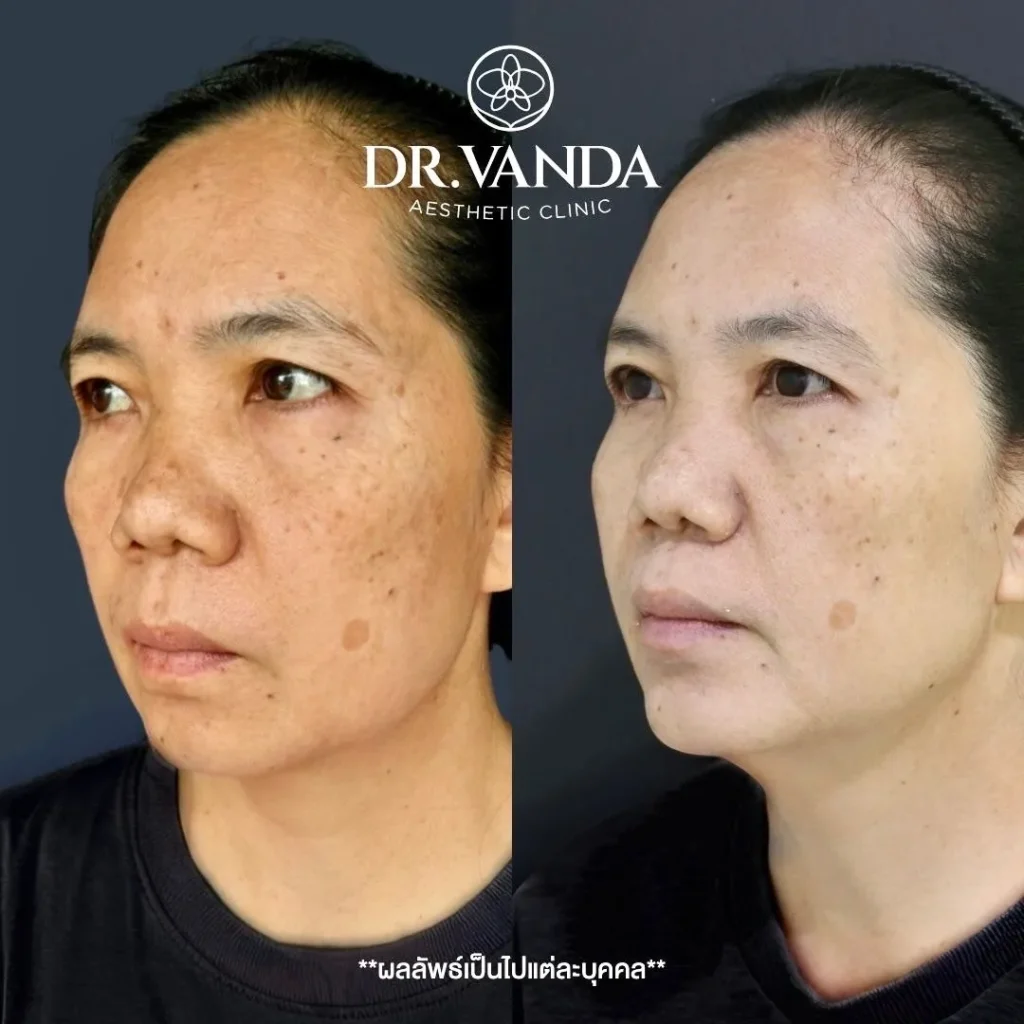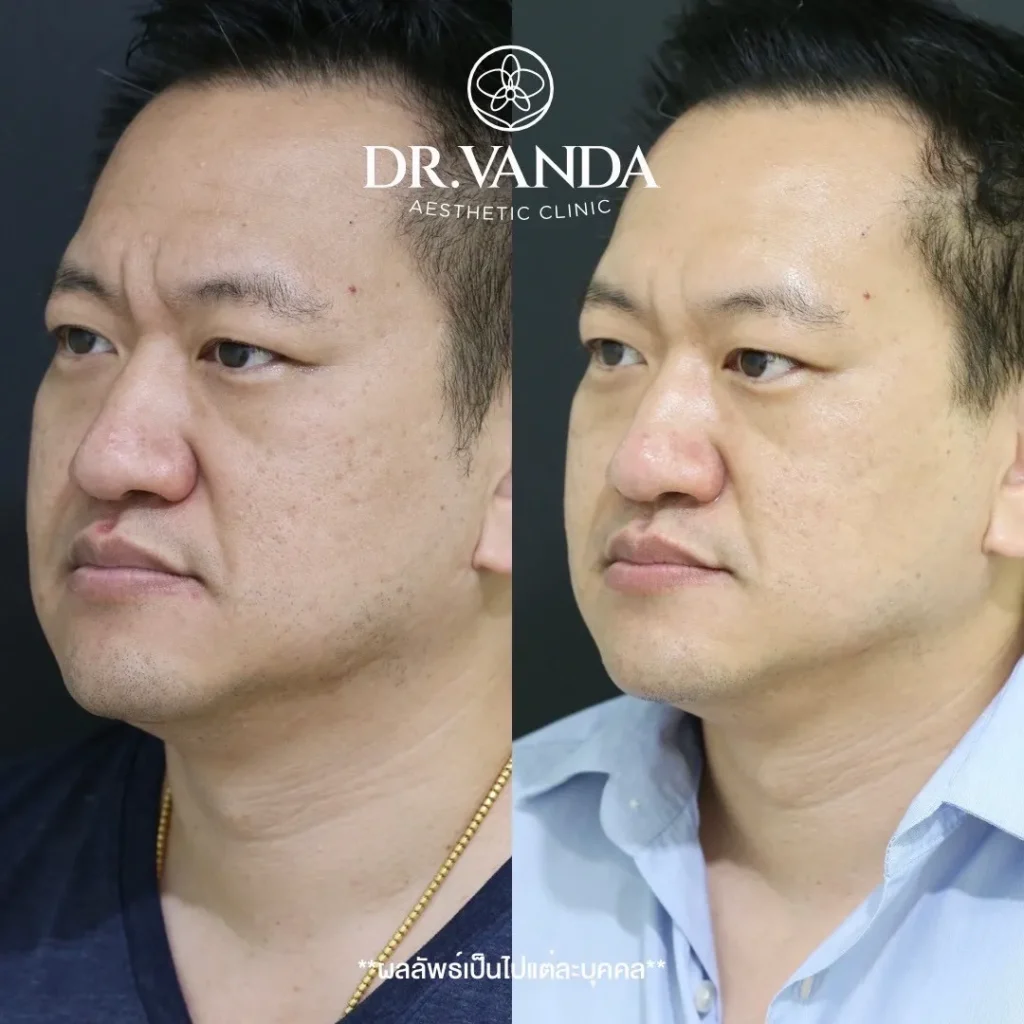As we age, facial skin naturally loses its firmness due to a decline in collagen and elastin production. This can lead to sagging skin, which may affect self-confidence and prompt individuals to seek facial tightening solutions. Today, there are various facial lifting techniques available, with facelift surgery being one of the most popular options. While it delivers immediate results, it also comes with potential side effects. But is this procedure truly suitable for you? What are the key considerations to keep in mind? Dr. Vanda provides essential insights below.
What Is Facelift Surgery?
Facelift surgery is a cosmetic procedure designed to restore firmness and smoothness to sagging facial skin, resulting in a more youthful appearance. The procedure involves making incisions along the temples above the ears, extending downward along the hairline to the earlobes, and then around the back of the ears. The surgeon lifts the skin, tightens the underlying SMAS (Superficial Musculoaponeurotic System) layer, and secures it in place. Excess skin is then removed, and fine sutures are used to close the incisions.

Who Is a Suitable Candidate for Facelift Surgery?
Facelift surgery is ideal for individuals who :
- Experience significant skin laxity, particularly around the cheeks, jawline, and neck.
- Are 50 years or older, as collagen and elastin production declines significantly at this stage.
- Have deep wrinkles, especially in the nasolabial folds and marionette lines.
- Have loose facial skin due to rapid weight loss.
- Desire long-lasting, noticeable results without the need for repeat procedures.
Who Should Avoid Facelift Surgery?
Facelift surgery may not be suitable for individuals who :
- Have chronic health conditions such as uncontrolled heart disease, high blood pressure, or diabetes, as they may be at higher risk of complications.
- Engage in high-risk behaviors such as smoking or excessive alcohol consumption, which can impair blood circulation and delay wound healing.
- Have blood clotting disorders or take blood-thinning medications, increasing the risk of excessive bleeding.
- Have excessively thin or inelastic skin, which may not respond well to the procedure.
- Prefer a quick, non-invasive facial rejuvenation method, as facelift surgery typically takes 1–2 hours.
- Wish to avoid a prolonged recovery period.
- Have a low pain tolerance and fear post-surgical discomfort.
- Are concerned about the potential development of keloid scars.
Facelift Surgery: Treatment Areas
Where Are The Incisions For Facelift Surgery?
Potential Risks Of Facelift Surgery You Should Be Aware Of
Facial numbness may occur due to nerve stretching during tissue repositioning and suturing or partial nerve severance during facial structure adjustments. The severity of numbness varies…
- Mild numbness : Resolves naturally within 2–4 weeks.
- Moderate numbness : May take 3–6 months to improve.
- Permanent numbness : Rare but can occur if nerves are severely damaged.
Infections can develop if the incision sites are exposed to contaminants from unsterile surgical tools, improper wound cleaning, or neglect in post-operative care. Signs of infection include…
- The skin around the incision appears pale or darker than the surrounding areas.
- Increased pain and burning sensation at the surgical site.
- Progressive swelling and pus discharge.
- Foul odor from the wound despite cleaning.
- Fever and chills in severe cases.
Looking For A Safer Alternative?
What Is the Best Non-Surgical Facelift Method?
EndoliftX Laser Fiber at Dr. Vanda Aesthetic Clinic is an advanced laser technology for skin tightening and facial contouring from within, without surgery. This technique utilizes ultra-thin fiber-optic lasers inserted beneath the skin to generate heat, contracting existing collagen and stimulating new collagen production. It also helps reduce subcutaneous fat while enhancing blood circulation, improving overall skin health and firmness.
A key advantage of EndoliftX is its precision in targeting specific areas without damaging surrounding tissues. Since this procedure is non-surgical, it eliminates the risk of visible scars. The fiber-optic laser is inserted through microscopic entry points, which are invisible to the naked eye. Patients can resume normal activities immediately after the procedure. Unlike many other methods that require time for results to appear, EndoliftX delivers immediately visible improvements, with continued enhancement over time due to ongoing collagen stimulation.


( Review EndoliftX From Dr.Vanda Aesthetic Clinic )
Why Choose EndoliftX Laser Fiber At Dr. Vanda Aesthetic Clinic?
















